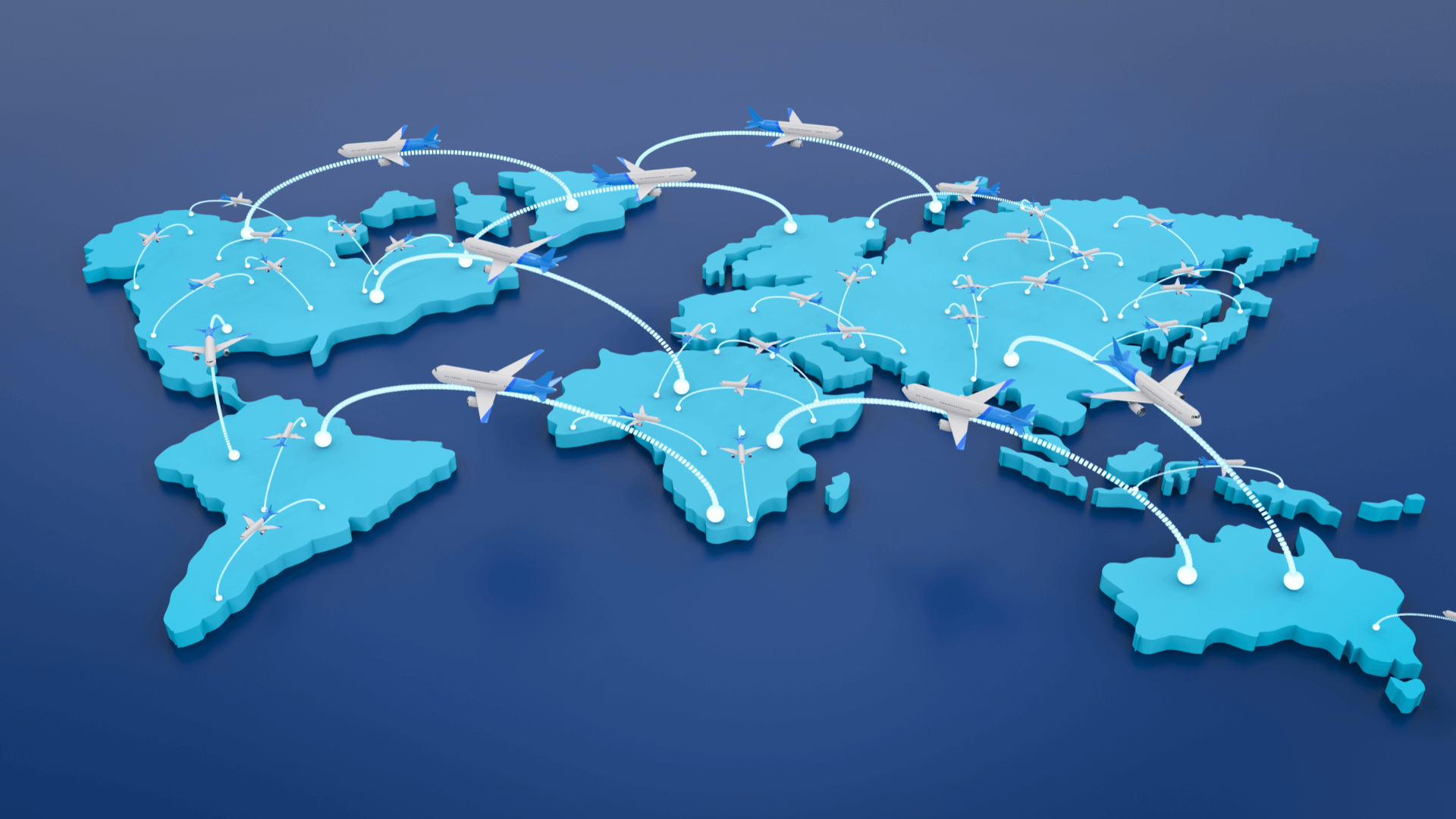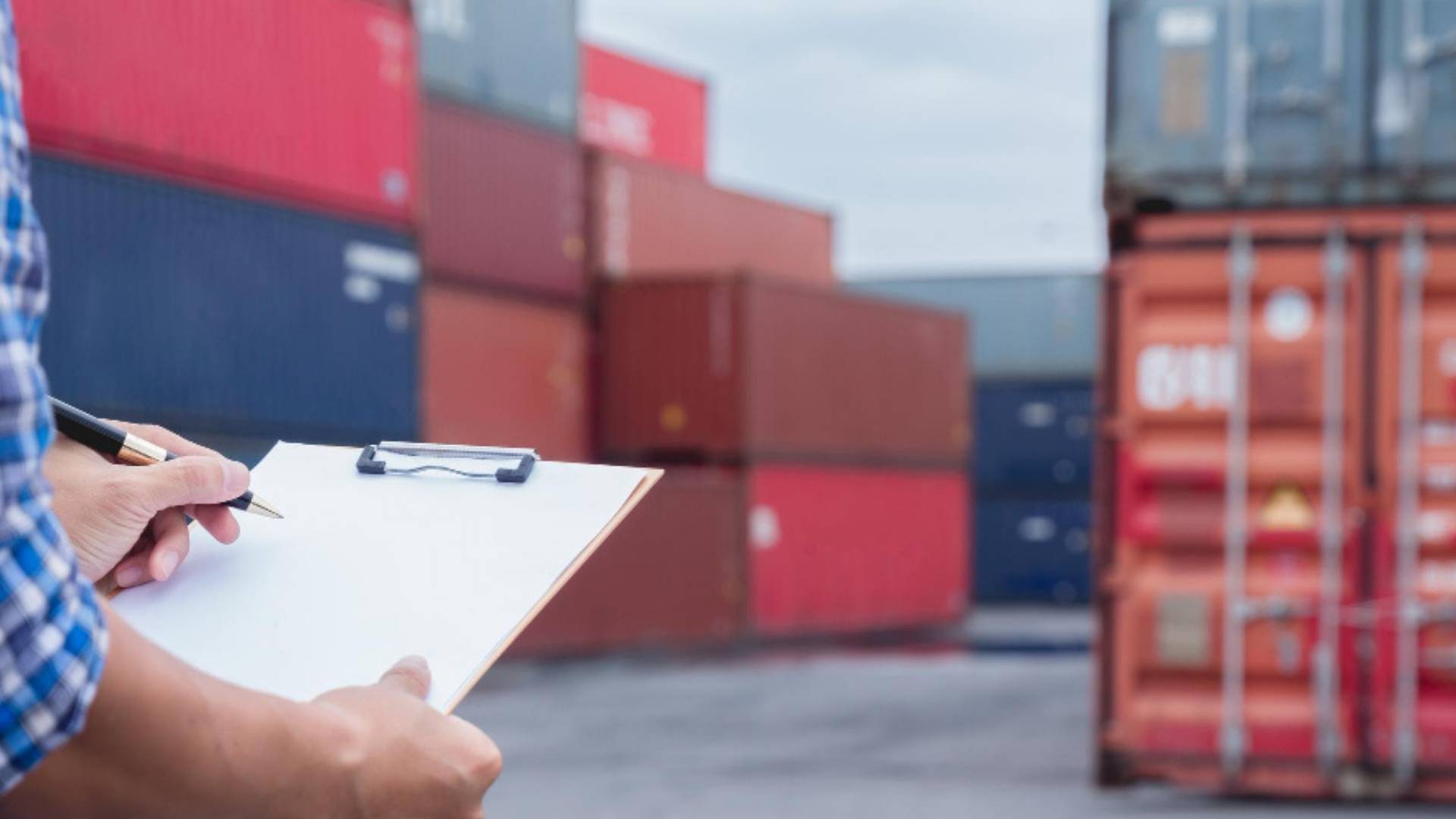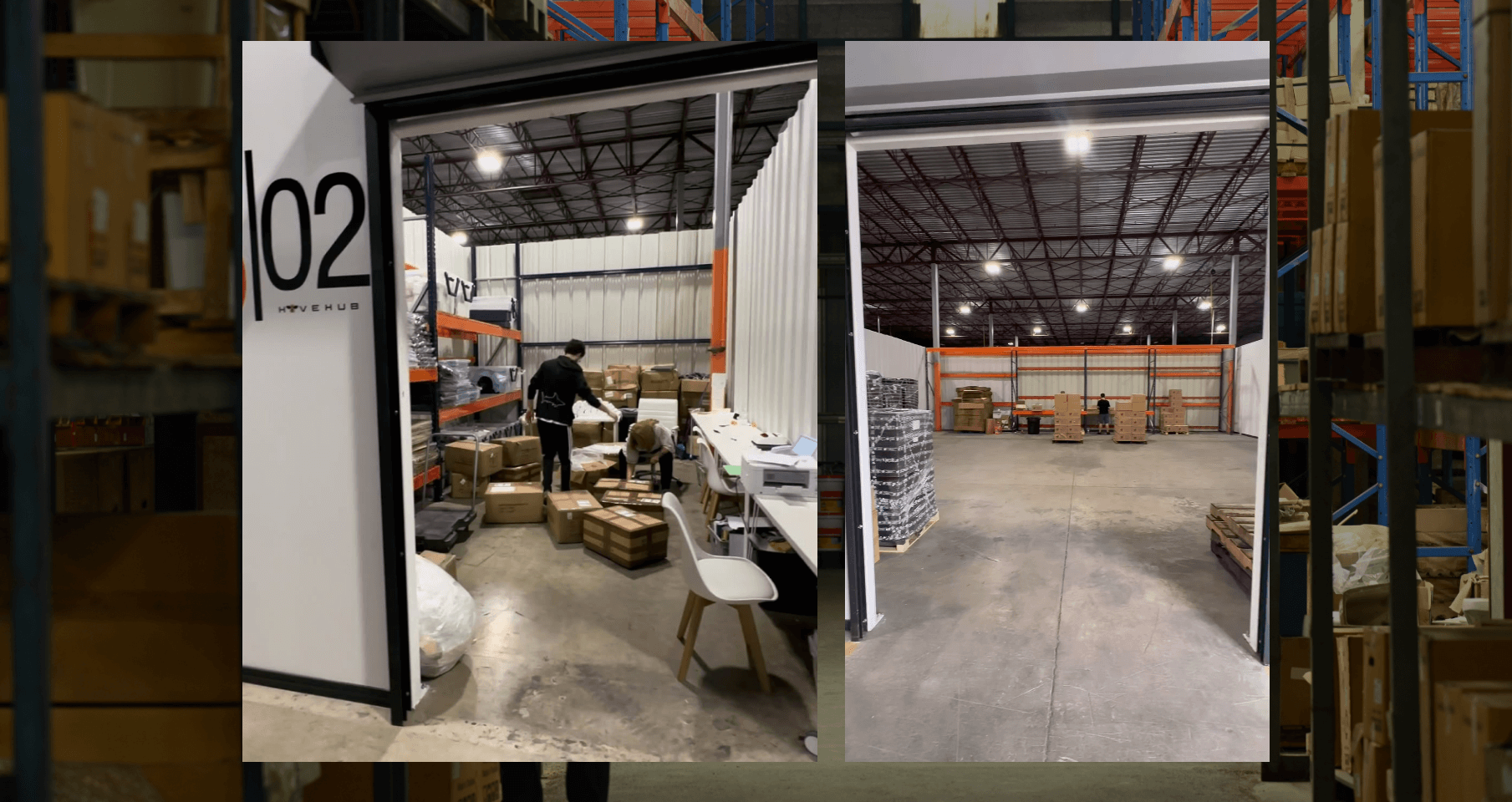Understanding tariffs is not just important—it’s essential for thriving in the fast-paced, interconnected world of global trade. This guide will demystify what tariffs are, explain their economic impacts, and highlight their significance for businesses and consumers. By the end, you’ll have a comprehensive grasp of this critical trade mechanism and its implications.
What Are Tariffs?
A tariff is a tax imposed on imported goods.
When products cross international borders, governments often apply tariffs to regulate trade. This tax increases the cost of foreign goods, influencing how much of a product enters the market and at what price.
Governments use tariffs to:
- Protect local industries by making imported goods less competitive.
- Generate revenue to support domestic programs.
While tariffs can provide a buffer for local businesses, they often lead to higher consumer prices. When companies face increased costs from tariffs, they usually pass those costs on to buyers. This creates a delicate balance between supporting domestic industries and maintaining affordable pricing for consumers.
Types of Tariffs
Understanding the two primary types of tariffs—unit tariffs and ad valorem tariffs—is essential for grasping how they shape trade and pricing.
Unit Tariff
A unit tariff applies a fixed fee based on the quantity of goods imported.
- Example: If a $10 unit tariff is applied to shoes, each pair incurs the same $10 charge, regardless of its value.
- Impact: This can make lower-priced imports less competitive due to the flat fee added to each item.
Ad Valorem Tariff
An ad valorem tariff is calculated as a percentage of the product’s value.
- Example: A 20% ad valorem tariff on $50 shoes results in a $10 tariff per pair.
- Impact: More expensive goods face higher tariffs, significantly affecting their market price and demand.
Both tariff types influence consumer behavior and marketplace dynamics, either by making imports more costly or driving demand toward domestic alternatives.
The Purpose of Tariffs: Protecting Domestic Markets
Tariffs are primarily designed to protect domestic industries by creating a price advantage for locally produced goods. While this protection can help local businesses thrive, it also comes with challenges:
- Higher Consumer Prices: Tariffs increase costs for imported goods, often leading to inflated prices for consumers.
- Reduced Competition: With fewer foreign options, domestic companies may feel less pressure to innovate or improve product quality.
- Limited Choices: Consumers may face fewer options, creating a less dynamic marketplace.
Balancing the need for market protection with consumer affordability and variety is critical for sustainable economic growth.
How Tariffs Affect Prices and Consumer Behavior
The immediate impact of tariffs is often felt in rising costs for imported goods. For example, a tariff on electronics could lead to noticeable price hikes, forcing consumers to reconsider their purchasing options.
Consumers may shift their buying habits in response to tariffs:
- Opt for Domestic Products: Higher import costs may encourage consumers to support local businesses.
- Adjust Budgets: Elevated prices could lead to reduced spending or a search for alternative products.
These changes ripple through the economy, affecting supply chains, domestic production, and even international trade relationships.
The Broader Impact: Tariffs and Trade Wars
Tariffs can escalate into trade wars when countries retaliate against each other’s import taxes. This cycle often leads to:
- Higher Prices: For both businesses and consumers.
- Market Uncertainty: Investors and companies face challenges in planning and forecasting.
- Global Tensions: Disruptions in trade relations can affect entire industries.
Trade wars demonstrate how tariffs extend beyond economic policies, influencing diplomatic relationships and global markets.
Adapting to Modern Tariff Trends
The role of tariffs is evolving in response to changes in global trade, especially with the rise of digital commerce. Key considerations include:
- Ecommerce and Tariffs: Online shopping across borders raises questions about how tariffs apply to digital transactions.
- Political Shifts: Trade policies are often influenced by leadership changes and global events, requiring businesses to stay agile.
Keeping track of these trends helps businesses and consumers navigate the modern trade environment effectively.
Navigating Tariffs for Business Success
To thrive in a tariff-driven world, businesses can adopt these strategies:
- Stay Informed: Regularly monitor changes in trade policies.
- Diversify Suppliers: Reduce dependency on imports by sourcing locally when possible.
- Leverage Technology: Use analytics tools to forecast tariff impacts on costs and pricing.
Conclusion: Tariffs in Global Trade
Tariffs play a crucial role in shaping the global economy, influencing everything from consumer prices to international relations. By understanding how tariffs work, businesses and consumers can make informed decisions, adapt to changes, and succeed in a complex trade environment.
Whether you’re navigating local markets or competing globally, staying prepared and proactive is key to overcoming the challenges and seizing the opportunities presented by tariffs.









